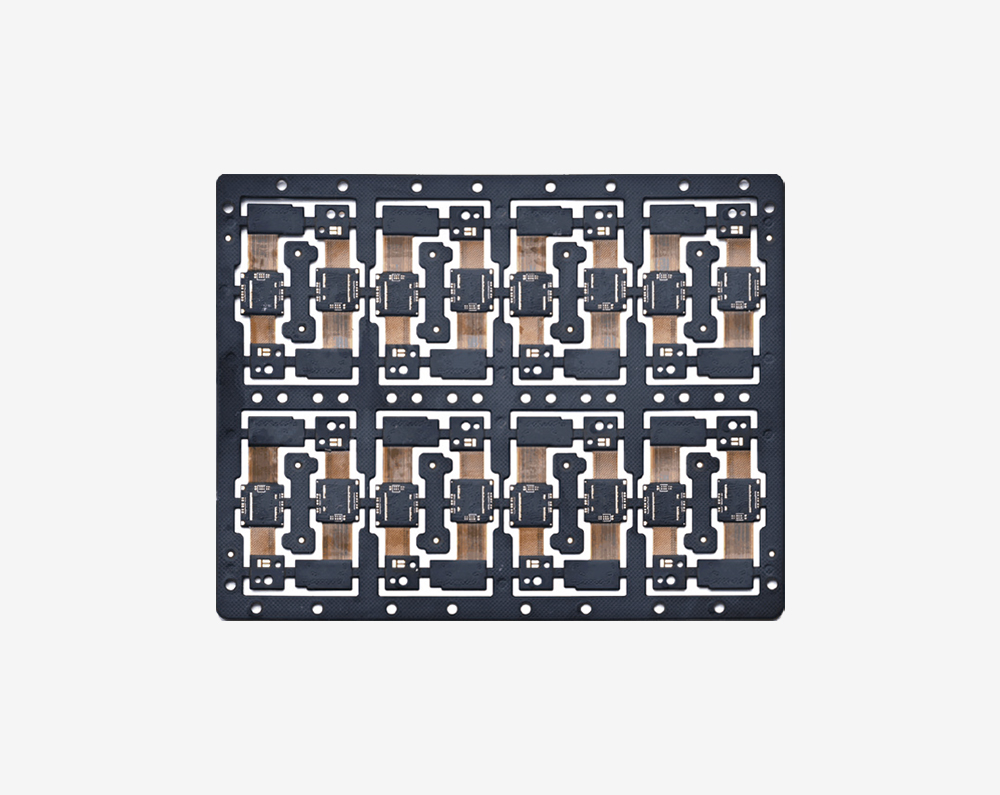Time:2023-06-16Views:
The curing temperature of various curing agents varies greatly, and the heat resistance of cured products also varies greatly. Generally speaking, using curing agents with high curing temperatures can yield heat resistant and excellent cured products. For additive polymerization curing agents, the curing temperature and heat resistance should be increased in the following order:
Aliphatic polyamines<; Alicyclic polyamines<; Aromatic polyamines ≈ phenolic<anhydride
The heat resistance of catalytic polymerization curing agents is generally at the level of aromatic polyamines. The heat resistance of anionic polymerization type (tertiary amine and imidazolized antiques) and cationic polymerization type (BF3 complex) is basically the same. This is mainly because although the initial reaction mechanism is different, they ultimately form a network structure of ether bond binding.

The curing reaction is a chemical reaction, which is greatly affected by the curing temperature. The temperature increases, the reaction speed increases, and the gel time becomes shorter; The logarithm of gel time decreases linearly with the increase of curing temperature. However, if the curing temperature is too high, it often leads to a decrease in the performance of the cured material, so there is an upper limit to the curing temperature; It is necessary to choose a temperature that compromises the curing speed and the performance of the cured material as the appropriate curing temperature. According to the curing temperature, curing agents can be divided into four categories: low-temperature curing agents have a curing temperature below room temperature; The curing temperature of the room temperature curing agent is between room temperature and 50 ℃; The medium temperature curing agent is 50-100 ℃; The curing temperature of the high-temperature curing agent is above 100 ℃.
There are few types of curing agents that belong to the low-temperature curing type, such as polyisocyanate and polyisocyanate types; In recent years, both T-31 modified amine and YH-82 modified amine developed and put into production in China can cure at temperatures below 0 ℃. There are many types of room temperature curing type: aliphatic polyamines, alicyclic polyamines; Low molecular weight polyamides and modified aromatic amines. A part of alicyclic polyamines, tertiary amines, mizoles and Boron trifluoride complexes are of medium temperature curing type. The high-temperature curing agents include aromatic polyamines, acid anhydrides, resol resins, amino resins, 2-Cyanoguanidine, hydrazides, etc.

